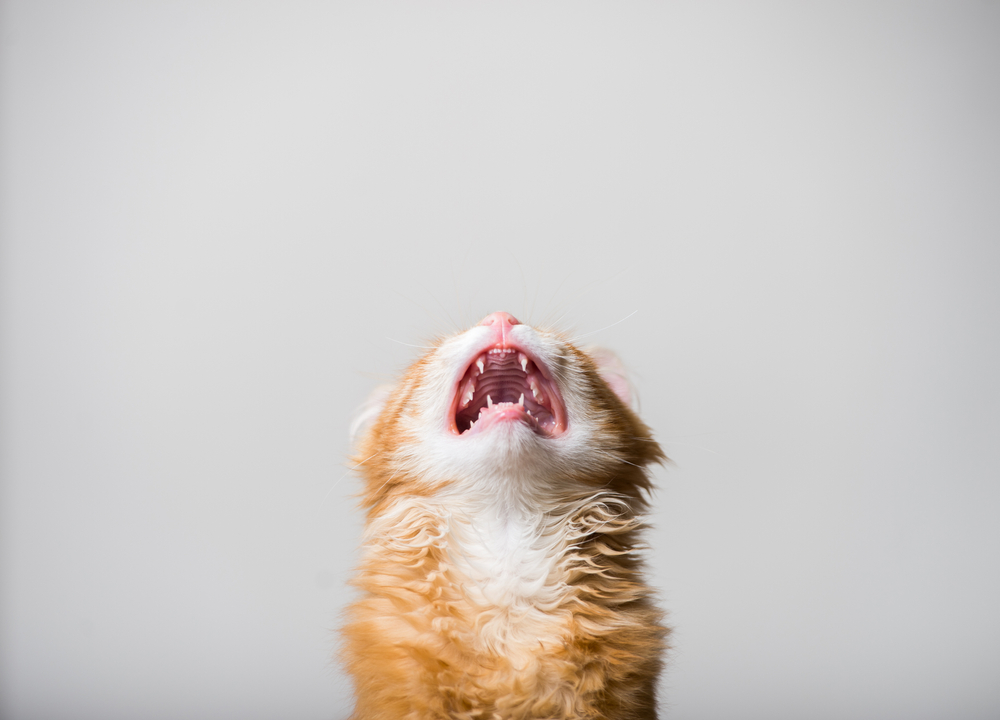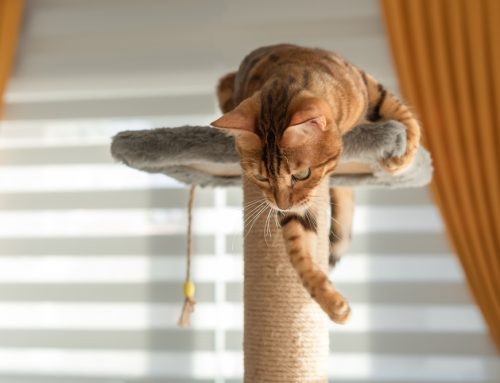Wouldn’t it be great if your cat could talk? While they’d likely complain that their food bowl is less than full or that the dog is panting too loudly, they could also clue you into their mental health.
Picking up on your cat’s stress can be a challenge when you don’t have the ability to interpret feline language, so our Pets & Friends Animal Hospital team is here to help. Read our answers to your most frequently asked questions (FAQs) about feline stress.
Question: What situations cause stress in cats?
Answer: Cats are highly sensitive creatures whose family and environment easily affect them. Some common stressors that can wreak havoc on your cat’s emotional state include:
- Abrupt schedule, environmental, or family structure changes
- Conflict with other household pets
- Stray cats lingering outside your home
- Inadequate resources (e.g., litter boxes, food, water, beds, hiding places)
- Poor environmental enrichment
- Boredom
- Chronic disease (e.g., kidney disease, diabetes, feline idiopathic cystitis [FIC])
- Excessive handling or human contact if a cat prefers solitude
Q: What effects does chronic stress have on cats?
A: While acute stress has its place in triggering your cat’s fight-or-flight response, chronic stress is harmful, leading to numerous health and behavior issues. When a cat is stressed, their adrenal gland secretes an overabundance of cortisol, which affects myriad bodily processes such as metabolism, immune function, and brain activity. A prolonged stress response weakens the immune system, leaving your cat susceptible to infection, illness, and chronic disease. Chronic stress also affects behavior, resulting in memory and emotional dysfunction. Stress leads to or worsens the following conditions:
- Urinary tract problems
- Upper respiratory infections
- Weight gain or loss
- Overgrooming
- Gastrointestinal (GI) upset
- Aggressive behavior
- Depression
- Cognitive dysfunction
Q: How can I tell whether my cat is stressed?
A: Our Pets & Friends Animal Hospital team can more easily identify your cat’s acute stress than their chronic stress. A cat who has experienced a single stressful event, such as a bath, may be growling or hissing, crouched down, and have flattened ears and dilated eye pupils. Because chronic stress develops over time, signs often appear gradually and can include:
- Appetite changes
- Nonfood item ingestion (i.e., pica)
- Weight changes
- Increased resting or feigning sleep
- Hiding
- Constipation or diarrhea
- Urinary problems (e.g., difficulty urinating, bloody urine, pain while urinating)
- Urine marking or spraying
- Litter box avoidance
- Overgrooming
- Excessive vocalization
- Aggressive behavior toward other pets or people
- Decreased interest in play
- Increased facial rubbing and surface scratching
Q: How can I manage my cat’s stress?

A: To formulate your cat’s effective stress-management strategy, you need to identify their stressors first. Assess your cat’s personality and behavior to determine their preferred environment, lifestyle, and family structure. Also, note significant behavioral changes to determine their inciting cause. Once you’ve identified your cat’s stressors, you can implement management techniques, which may include:
- Avoiding abrupt changes — Any sudden change can unsettle your cat, so strive for gradual adjustments in routine, environment, household, and diet.
- Rehoming pets — Some cats prefer to be the only household pet. A nonsocial cat in a multipet house, no matter whether they inhabit the same rooms, can feel incredibly stressed. Rehoming a pet to an environment that complements their preferred lifestyle is much kinder than causing them stress, anxiety, and fear.
- Providing more resource stations — If you own multiple cats, ensure you provide all with plenty of resources, placing them in various areas for easy access. Ensure each cat has their own food and water bowls, litter boxes, beds, hiding spots, and scratching surfaces, along with additional resources they are willing to share.
- Keeping litter boxes clean — A dirty or improperly placed litter box is a major feline stress source. Scoop boxes twice a day and disinfect them weekly. Use a fine-grained, clumping litter, and place boxes in quiet areas that have multiple access points. Avoid putting boxes in the basement or next to noisy appliances.
- Respecting boundaries — Some cats are more aloof, whereas others want constant contact. Take your cat’s personality and petting preferences into account when interacting with them. Rather than forcing your cat to cuddle, let them initiate interaction.
- Increasing environmental enrichment — Scratching posts, climbing towers, hiding nooks, and interactive toys are great ways to enrich your cat’s life. Allow them plenty of opportunities to exercise natural behaviors such as scratching, climbing, hiding, and hunting.
- Treating illnesses — Being ill or in pain stresses cats. Whether your cat has developed an acute issue or is battling a chronic condition, treat the problem appropriately to help reduce their anxiety.
Left unchecked, chronic stress can cause your cat to experience significant health and behavior issues. If your cat exhibits stress signs, schedule an appointment with our Pets & Friends Animal Hospital team to discuss your feline friend’s stress-management strategies.






Leave A Comment